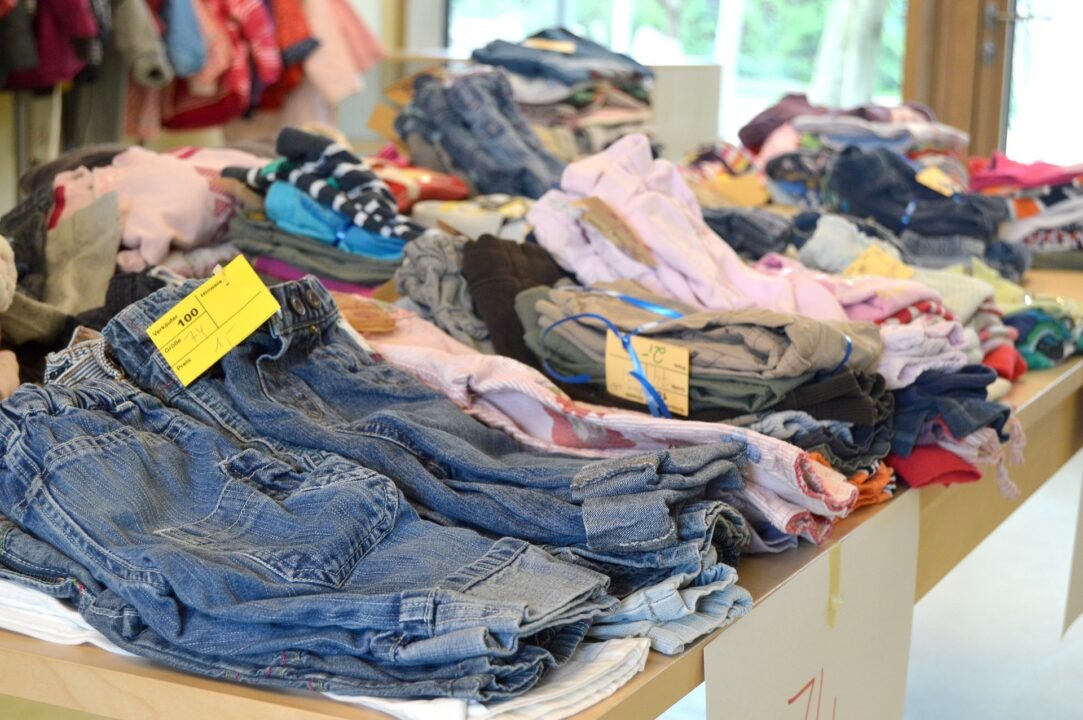I remember one of my lecturers sternly warning us not to buy items off the streets, because chances are that they are ill-gotten – through theft.
But, we all know that nothing beats a cheap price tag – the moral compass, for many doesn’t point to ‘wrong’ when it comes to cheap street items. The streets are like pawn shops, where the origin of items on sale is of no concern. That’s a little twisted.

It’s commonplace to find crowds of people browsing through items being held for sale on a street, particularly clothes.
This shopping habit begs the question of how the domestic clothing industry will thrive in the face of an insanely cheap selling second hand clothes market.
One anchor on which the domestic clothing industry stands is uniforms making for institutions and schools. The bulk of casual wear is sourced from imports of second hand clothes. Until an effort is made to manufacture our own clothes, in all their types, the full potential of the domestic clothing industry cannot be realized.
Sankara’s reforms on the textile industry

Thomas Sankara was an outstanding African leader, one who believed that Africans could do it all on their own.
At one time, while meeting up with locals, Sankara noticed two young men dressed in foreign made t-shirts.
One was a Levi’s and the other was branded Harvard. Calling both men out, he made a point of how Africans choose to promote foreign made garments despite being able to make their own.
He asked the gathering, “Don’t you think that here, we don’t have weavers able to make them (the t-shirts)?”
He was right to question how we choose to buy second hand clothes and look down on locally made clothing.
There after, Sankara launched an initiative, in which Burkina Faso was able to grow, spin, weave cotton, and make clothes out of it – all on their own.
Well that is very commendable. But is it possible to replicate it today, with the market already flooded by second hand clothes?
Keep importing or make own

Kenya imports more than 100,000 tons of second-hand clothes annually. Its a big business which feeds the economy. Scrapping it off the clothing industry would not only be arduous but damaging to the livelihoods of thousands of traders.
On top of that, gone are the days Kenya used to make a respectable produce of cotton, and even if we still made a decent amount of cotton, its no longer as competitive as petrochemical textiles – the likes of polyester and nylon.
So we are left with two choices – keep importing used clothes or make our own with imported fabric.
Is it in our best interest to keep the mitumba (second hand clothes) business running? The government sure gets a lot of revenue from the imports and the levies charged onto traders. Mwananchi (the local citizen) also gets access to cheap clothing.
The whole business balances the sheets – its financially viable. But when its said and done, what is the cost of it all? It’s strangling our own expertise.
It’s the reason we have experts in so many fields, but they never get an opportunity to put their skills to work. There is hardly enough structure that supports skill conversion into work in the country.
We have the knowhow, everything it takes to make a good clothing industry. Take a look at our Export Processing Zones (EPZs), which make clothes for export. If we could set aside resources for making export clothes, couldn’t we also do the same for our own consumption?
We could create a mega cloth making industry which would absorb local dressmakers. To ensure smooth transition, mitumba traders would be maintained in the chain of commerce by face lifting the current markets like Gikomba to proper standard and therein selling locally made garments.
Something needs to be done, it can’t always be that we will import clothes without significantly growing our own textiles sector.


Great insights.
Africa’s
economy will soon be very stable. Our glory days are near.
The sun will rise again.